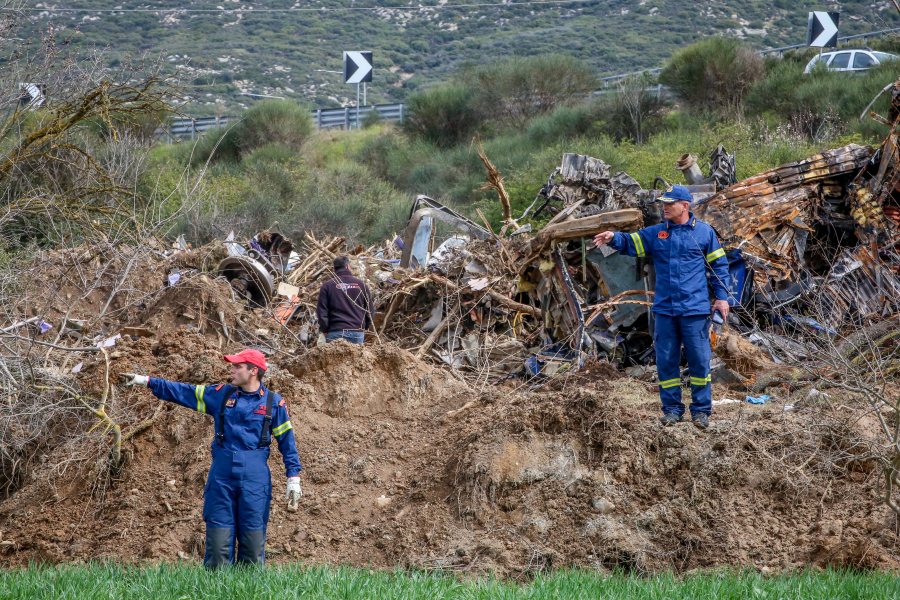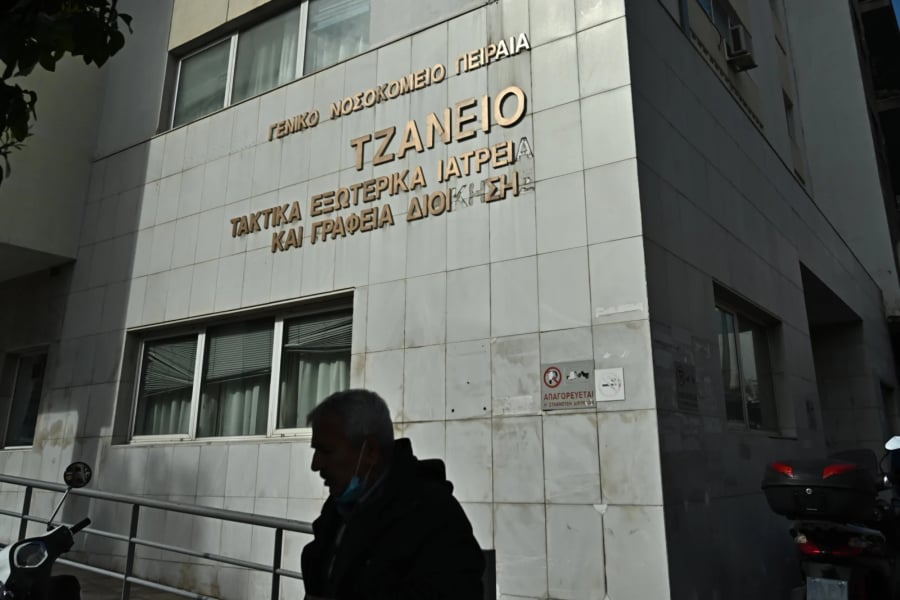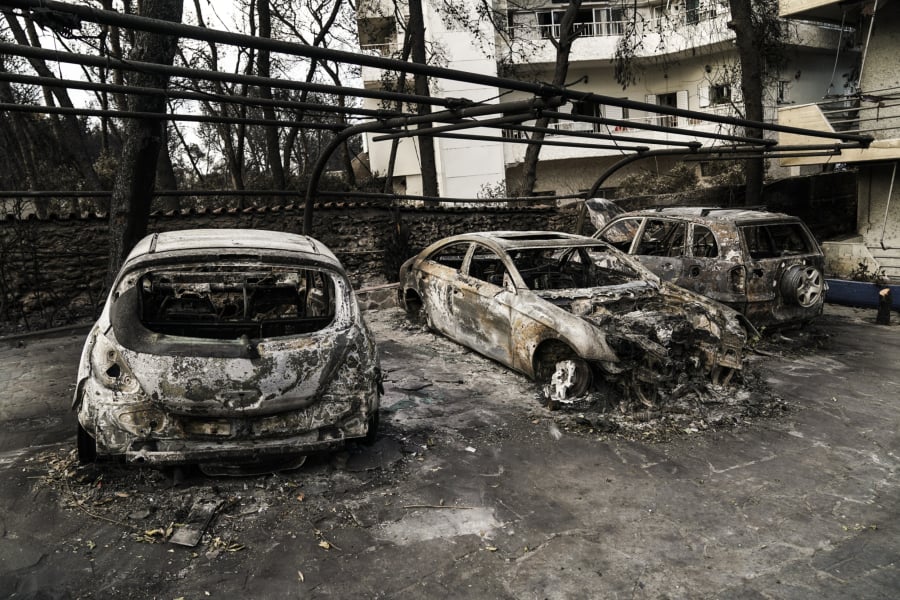Tempi Victims Still Waiting for Truth as New Report Raises Fresh Doubts
Authored by Professor Karonis of the National Technical University of Athens (NTUA), the report challenges both the Greek government’s official stance and the conclusions put forward by the train operator, Hellenic Train. Yet rather than providing a definitive answer, the findings deepen the mystery—casting doubt on widely accepted theories while leaving critical questions unanswered.
The focal point of the report is the so-called “mysterious electric arc” believed to have sparked the massive fireball that engulfed the crash site. Government investigators had long attributed the explosion to silicone oils leaking from train transformers, claiming the oils formed a combustible mist when mixed with oxygen—an explanation that, until now, dominated the narrative. Karonis, however, rejects this scenario. According to his analysis, the physical conditions immediately following the crash—low pressure, high viscosity of the silicone oil, and the size of the transformer’s rupture—made the formation of such droplets highly unlikely.
Instead, the report floats an alternative hypothesis: that the ignition may have been caused by an electric arc which set off flammable gases, such as hydrogen and acetylene, released from the transformers. Yet this explanation also falters under scrutiny. Karonis offers no clear mechanism for how the arc could have formed, especially given that the high-voltage power cables are suspended well above the trains. With video and eyewitness evidence suggesting the fireball erupted from ground level, the arc theory appears speculative at best.
Even more problematic is the report’s silence on other potential indicators. It makes no attempt to quantify the gases allegedly released, nor does it estimate the volume of material that would have been needed to produce a fireball of such magnitude. It also ignores crucial forensic data—particularly the discovery of xylene, a volatile hydrocarbon, in 15 different samples taken from the site. These traces were found even on wooden elements of the freight cars and suggest the possible presence of a highly flammable, unregistered cargo. Karonis does not address this, nor does he explain why no remnants of silicon dioxide—a chemical byproduct expected if silicone oils had burned—were found at the scene.
Compounding the uncertainty is the report’s reliance on late-released video footage to rule out the presence of illicit cargo. Surveillance cameras showed three open freight wagons carrying nothing but steel sheets, and based solely on this visual evidence, Karonis dismisses the idea that hazardous materials were involved. No chemical or physical examination was conducted to confirm the footage’s implications, raising concerns that key leads were prematurely ruled out.
Perhaps most telling is the report’s final conclusion. Contrary to the statements of Greek government officials, Karonis finds no evidence that silicone oils directly triggered the fireball. Rather, he concludes they likely burned later, as a secondary result of the intense heat. It’s a subtle but critical distinction—one that undermines the state’s long-held position and calls for renewed investigation.
In the end, the NTUA report does not close the case. If anything, it reopens it. By dismantling parts of the official narrative while offering no firm alternative, it leaves families of the victims—and the Greek public—still searching for answers. What ignited the blaze that night in Tempi remains unresolved, and the truth, it seems, is still buried beneath the wreckage.
Content Original Link:
" target="_blank">


















































